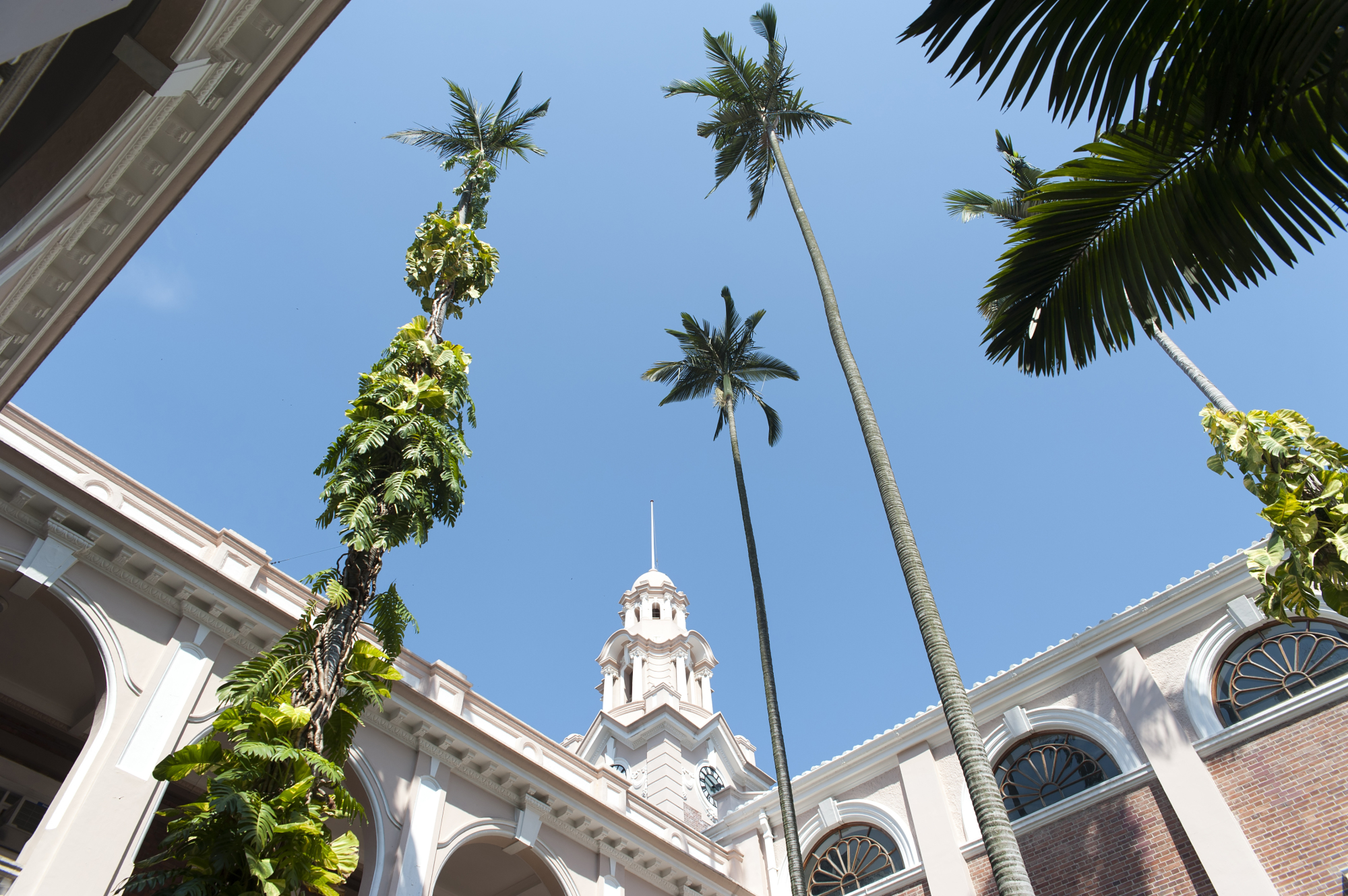In the past decade, world university rankings such as the Times Higher Education and Quacquarelli Symonds (QS) lists have become highly influential. Japanese universities have recently become notable in these lists for their precipitous decline. The University of Tokyo (Todai) ranks a respectable 46th place in the latest 2018 THE list, but there is only one other Japanese university in the top 200 — Kyoto, in 74th place.
A decade ago, in the QS list, which was aligned with the Times one at the time, Japan had 11 universities in the top 200 and Todai was in the top 20. Both of Japan's iconic private universities, Waseda and Keio, were in the top 200 in 2008; now neither of them ranks in the top 600. Although Japan's standings look respectable in the 2016 QS (Asia) list, with five universities among the top 25, tiny Hong Kong had four, and all were ranked higher than those five Japanese universities.
The comparison with Hong Kong is a study in contrasts. Although its population is only about 5 percent of Japan's, its universities far outrank those in Japan, with five universities in the top 200 in the latest THE list. And while such a statement may be a sweeping generalization that ignores nuances such as government funding priorities, not to mention concerns about the accuracy of the lists, it should be clear that either Hong Kong is doing something right or Japan is doing something wrong — or perhaps it's a bit of both.



















With your current subscription plan you can comment on stories. However, before writing your first comment, please create a display name in the Profile section of your subscriber account page.